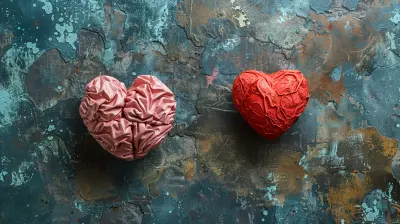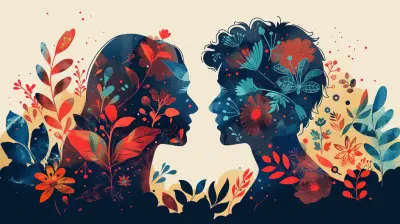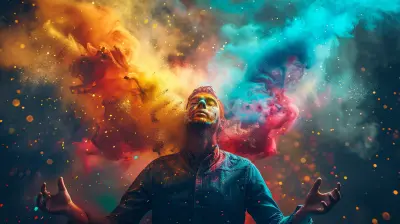Attachment vs. Connection: What's the Difference?
20 June 2025
Ever found yourself tangled up in thoughts about whether you're truly connected to someone—or just overly attached? You’re not alone. At first glance, attachment and connection can seem like two sides of the same coin. Both involve emotions, closeness, and relationships. But dig a little deeper, and you’ll see that they are very different beasts.
Let’s break them down, not like a textbook would (yawn), but in a way that actually makes sense—helping you recognize how they play out in your relationships. Whether it's your partner, friends, or even your family, understanding the difference between attachment and connection is a game-changer.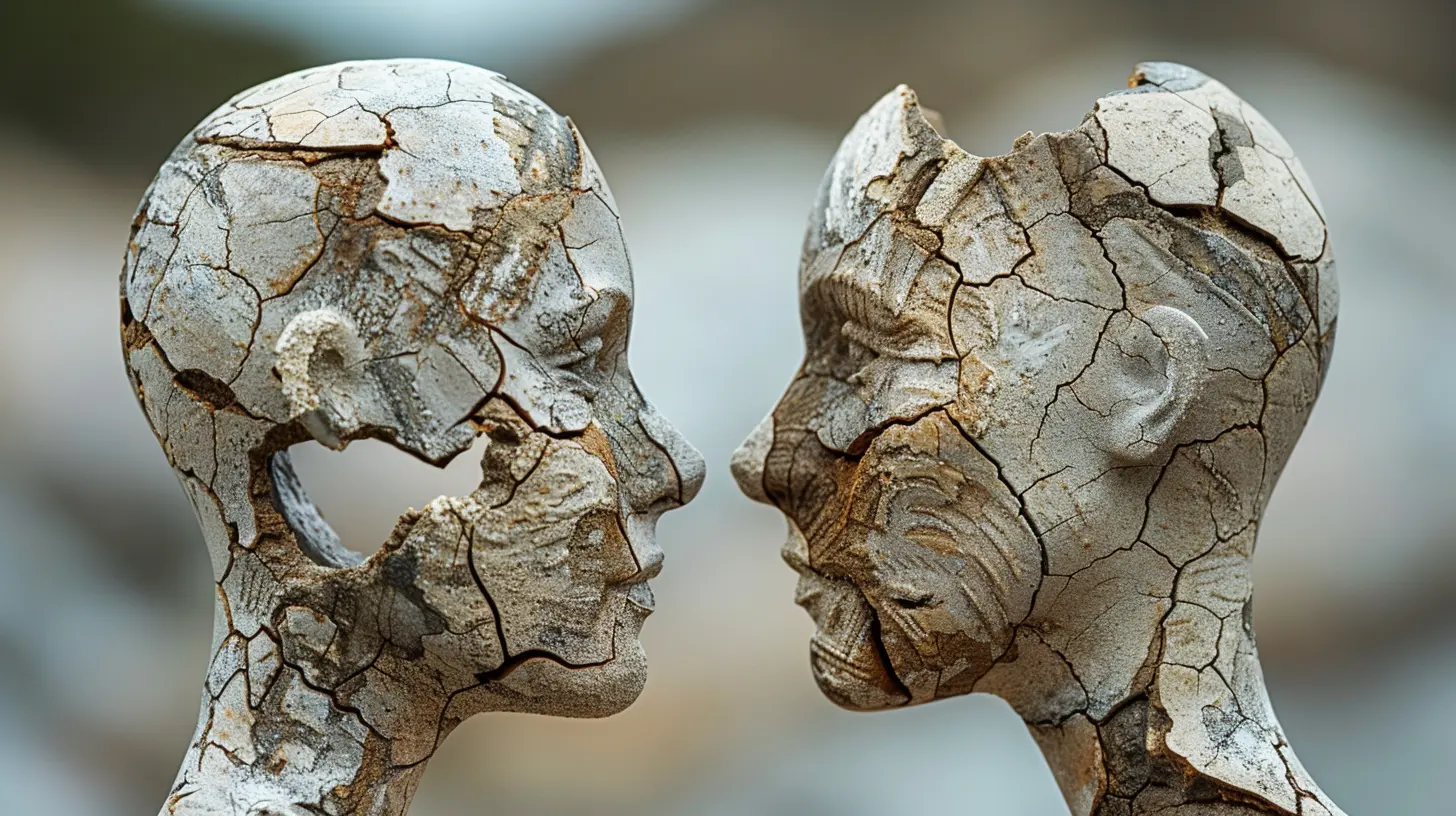
What Is Attachment?
In psychology, “attachment” refers to the emotional bond we form with others—especially in moments of vulnerability. It starts in childhood (hello, caregiver attachment styles!) and continues to influence how we relate to people as adults.Sounds innocent enough, right?
Well, not always.
Attachment can cling. It often comes from a place of need or fear rather than mutual choice. When someone becomes your emotional crutch, that’s attachment whispering in your ear.
Characteristics of Attachment:
- Fear-based: You're scared of losing them.- Possessive: You want them all to yourself.
- Conditional: If they meet your needs, you're okay. If not? Cue panic.
- Control-oriented: You might try to mold or manipulate the relationship to reduce your anxiety.
- Rooted in past wounds: Often influenced by childhood trauma or unmet emotional needs.
Attachment might feel intense, passionate—even addictive. But it often carries anxiety beneath the surface. Ever had that gnawing feeling in your stomach when they don't call back right away? Yep, that’s attachment rearing its head.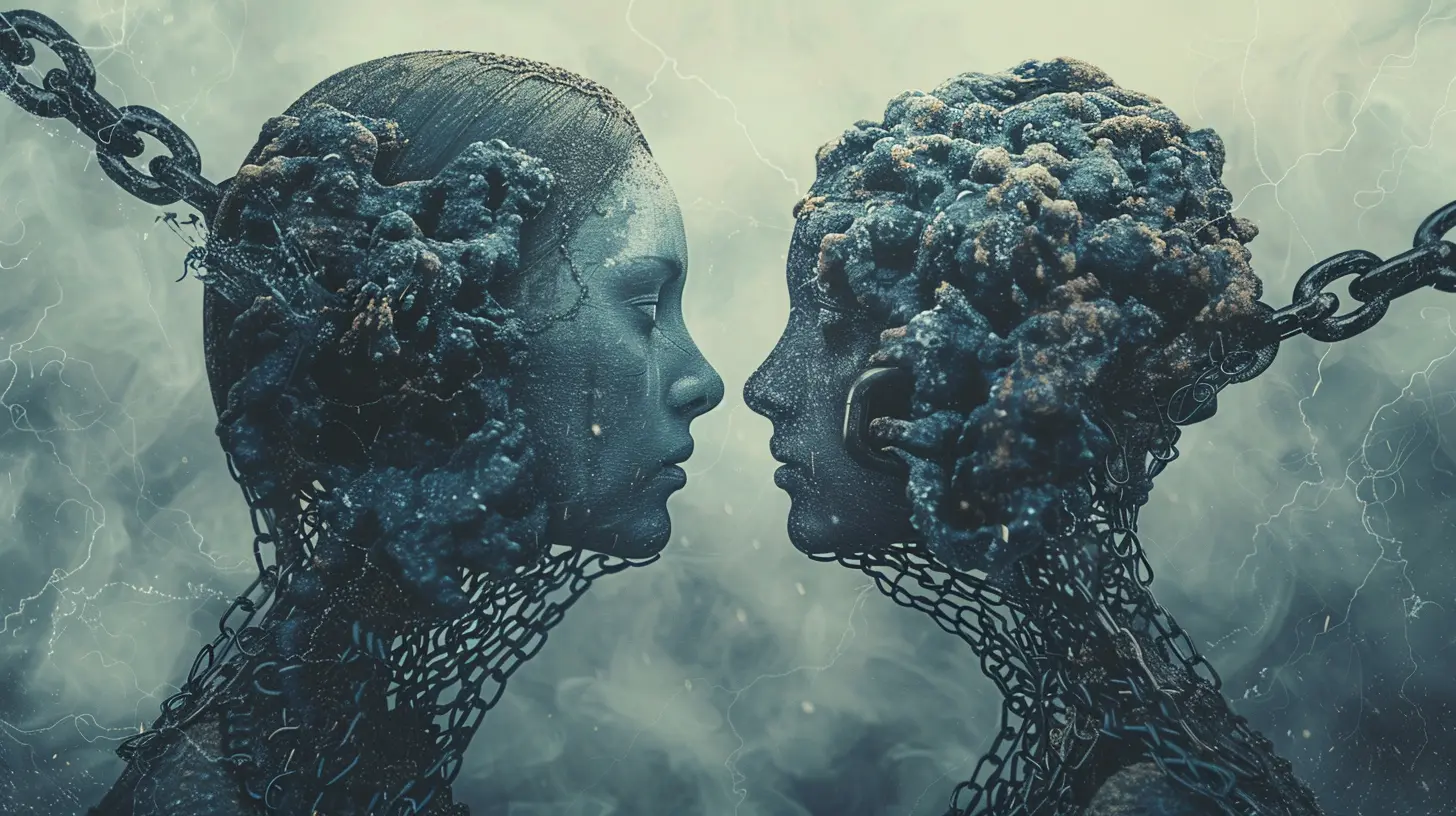
What Is Connection?
Connection, on the other hand, is a whole different story. It’s about mutual understanding, respect, and presence. There's no pressure, just two people choosing to meet in the middle.Connection isn’t about filling a void; it’s about sharing your fullness.
You’re not holding on tightly because you’re afraid they’ll leave. You’re walking alongside them because you want to.
Characteristics of Connection:
- Freedom-based: You allow each other space to grow.- Unforced: You don’t try to control their thoughts or behavior.
- Present-focused: You're not constantly worrying about "what if."
- Mutual: Both parties feel seen, heard, and valued.
- Rooted in self-awareness: You know who you are, and you’re not depending on them to define your worth.
With connection, there's ease. It feels like dancing together—not stepping on toes, but moving in sync with the rhythm of trust and openness.
Attachment vs. Connection: Key Differences at a Glance
Let’s make this super digestible. Here’s a side-by-side comparison:| Feature | Attachment | Connection |
|-----------------------|-----------------------------------------|------------------------------------------|
| Emotional basis | Fear, need, insecurity | Love, trust, mutual respect |
| Control vs Freedom | Possessive, controlling tendencies | Respect for autonomy |
| Conditionality | Based on needs being met | Unconditional acceptance |
| Rooted in | Past trauma, unresolved wounds | Present awareness, emotional maturity |
| Reaction to distance | Anxiety, panic | Understanding, patience |
| Energetic feeling | Heavy, clingy, draining | Light, open, energizing |
Recognizing these differences in your own life can be powerful. It's like flipping on a light switch in a dark room.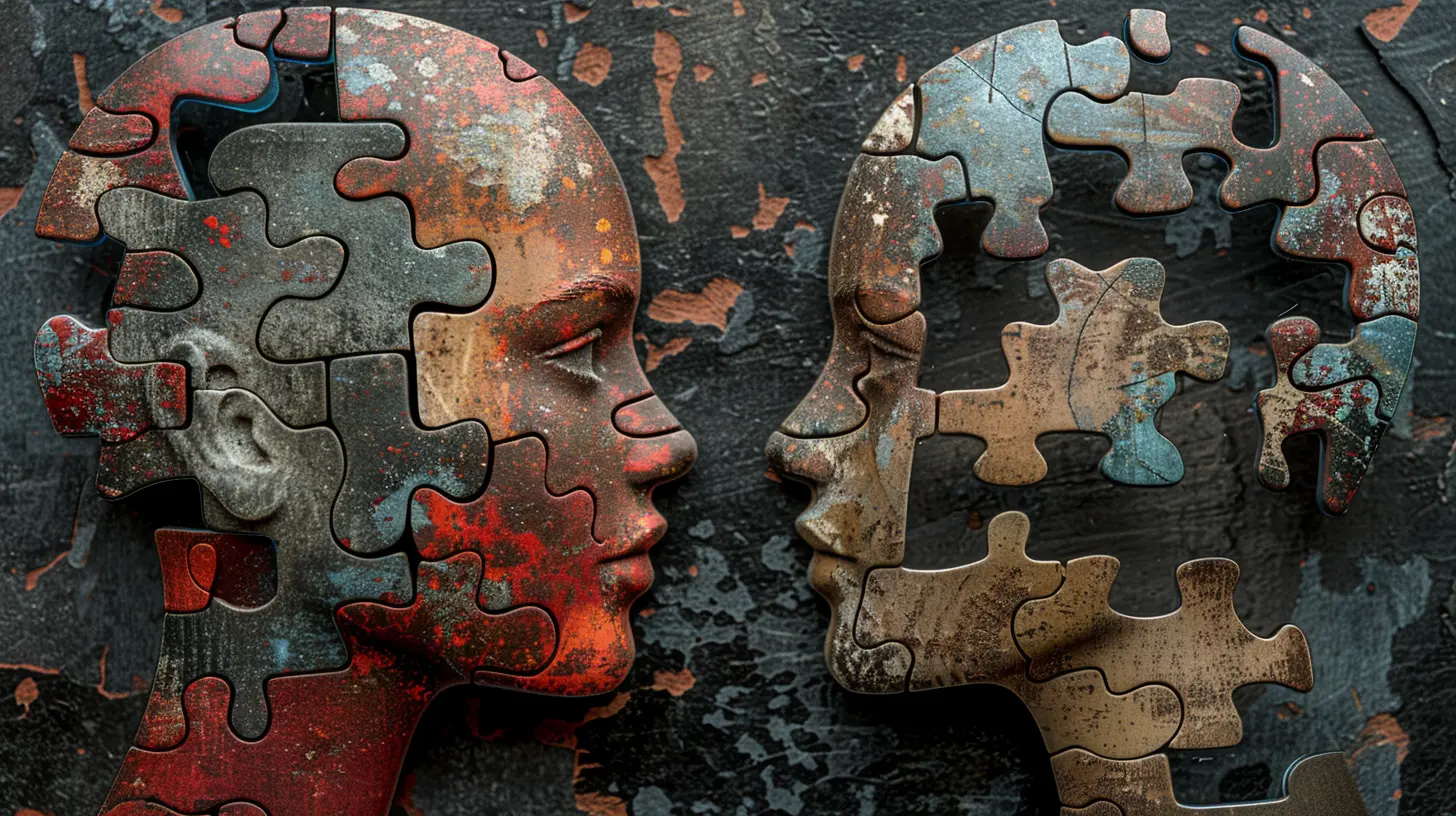
Why the Difference Matters in Real Life
Okay, let’s get real. Why should you even care about telling attachment and connection apart?Because one can trap you. The other sets you free.
If you’re running on attachment, you might:
- Jump from relationship to relationship feeling unfulfilled
- Experience anxiety, jealousy, or obsession
- Lose your sense of identity trying to "merge" with someone
- Feel you can’t survive without that person
On the flip side, connection:
- Allows you to grow with someone without losing yourself
- Encourages healthy communication and emotional intimacy
- Promotes independence—because you want each other, not need each other
Wouldn’t you rather build something solid rather than a house of cards?
How Attachment Styles Play a Role
If you’ve ever read about attachment theory, you’ll know there are several types: secure, anxious, avoidant, and disorganized.Let’s take a quick peek:
- Secure: Comfortable with intimacy and independence.
- Anxious: Craves closeness, but fears abandonment.
- Avoidant: Keeps distance to avoid vulnerability.
- Disorganized: Wants love, but fears it too.
Your attachment style often steers the wheel when it comes to how you relate. An anxious person might mistake intensity or obsession for true connection. An avoidant person might shy away from actual closeness, all while calling it “freedom.” See the confusion?
To move toward real connection, awareness is key. You’ve gotta know your patterns. Then you can begin to press pause, reflect, and shift toward healthier relating.
How to Tell If You're in Attachment or Connection Mode
Still unsure whether you're experiencing attachment or connection in your current relationship? Ask yourself these questions:Do I feel anxious when they’re not around?
If yes, you might be dealing with attachment.Am I okay with them spending time apart or having their own life?
That’s a sign of healthy connection.Do I feel like I need them to complete me?
Hello, attachment.Do we communicate openly, even when it’s tough?
That’s connection flexing its muscles.Am I focused on what I get out of the relationship?
Attachment says hi.Do I genuinely celebrate their growth, even if it shifts the dynamic?
Boom—that’s connection.Checking in with yourself like this regularly can save you from a lot of heartache down the road.
Building Connection (And Letting Go of Attachment)
Here comes the gold: how do you shift from attachment to authentic connection?Let’s break it down with some real steps:
1. Cultivate Self-Awareness
Everything starts here. Journal, meditate, or talk to a therapist. Ask yourself: “Why do I feel this way?” “What am I afraid of losing?”2. Learn to Self-Soothe
Feeling panicky without them? Pause. Breathe. Find other ways to regulate—walks, music, creative outlets. Don’t rely on them to do all the soothing.3. Set and Respect Boundaries
Boundaries aren’t walls—they’re bridges to better connection. Know your limits and communicate them clearly.4. Embrace Interdependence
Not hyper-independence. Not codependence. Interdependence. You support each other while standing strong on your own feet.5. Be Present, Not Possessive
Enjoy the moment without trying to control where it leads. Relationships thrive in space, not in a chokehold.6. Heal Your Inner Child
A lot of attachment issues come from early wounds. Inner child work helps you nurture those parts of yourself so you’re not constantly projecting them onto others.7. Choose People Who Want Connection Too
Don’t try to drag someone into emotional depth if they’re paddling in the shallow end. Connection is mutual. You both have to show up for it.Final Thoughts: It's Okay to Want Both—Just Know Which Is Which
Look, we’re all human. We all crave love, closeness, belonging. Wanting someone isn’t the issue. The issue is when wanting turns into needing, and needing morphs into clinging.Attachment might knock on your door first, especially if you've been hurt before. But you don’t have to let it move in.
Fuel your relationships with connection—build on trust, freedom, and real presence.
You’ll feel the difference in your bones.
So next time you catch yourself spiraling over a late text, or squeezing too tight because you're scared to lose someone—pause. Ask yourself:
_Is this attachment or connection?_
Chances are, the answer will change everything.
all images in this post were generated using AI tools
Category:
RelationshipsAuthor:

Alexandra Butler
Discussion
rate this article
2 comments
Julian Hall
This article brilliantly clarifies the nuances between attachment and connection, emphasizing their unique roles in relationships. Understanding that attachment can sometimes lead to dependency while connection fosters healthy bonds is crucial for personal growth. This insight can significantly enhance our interactions and emotional well-being. Great read!
June 22, 2025 at 3:40 AM

Alexandra Butler
Thank you for your thoughtful feedback! I'm glad the article helped clarify these important distinctions in relationships. Your insights on personal growth and emotional well-being are much appreciated!
Audra McCarty
What a delightful read! 🌟 The exploration of attachment versus connection really shines a light on our relationships. Understanding these nuances can spark deeper bonds and enrich our lives. Keep sharing the joy!
June 20, 2025 at 2:23 AM

Alexandra Butler
Thank you for your kind words! I'm glad the article resonated with you and sparked your thoughts on relationships. 🌟
